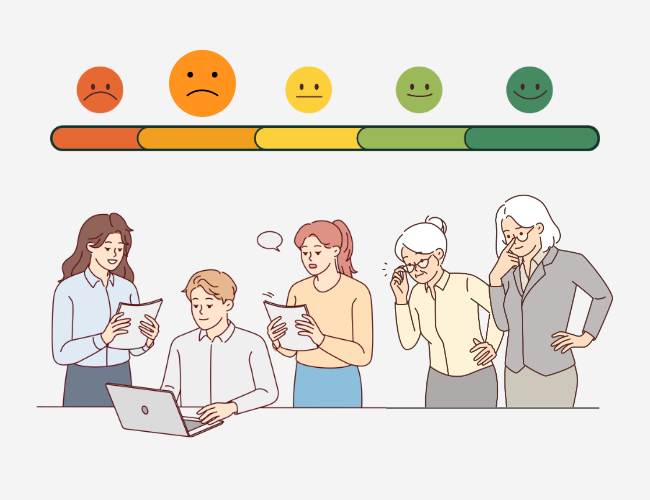Working from home has been a welcome change of pace for many employees. They have enjoyed getting to choose where they work, customizing their environments to suit their work styles, and avoiding the stress associated with long commutes.
While remote work has distinct advantages, it has not had a purely positive impact on all workers. Specifically, many telecommuters report intense feelings of loneliness or professional isolation (i.e., the sense that one is out of touch with others in the workplace). According to one study, 20% of telecommuters said loneliness was “their biggest struggle with working remotely.”
Loneliness isn’t just an uncomfortable feeling; it can negatively impact physical and mental well-being. Isolation can lead to depression, anxiety, stress, and other mental health and behavioral issues. Some studies suggest that loneliness is just as dangerous as smoking a pack of cigarettes every day. In turn, these symptoms of loneliness have been associated with several negative organizational outcomes (e.g., decreased productivity, job satisfaction, engagement, and retention).
With remote work carrying on longer than expected, organizations must learn about professional isolation so they can take the necessary steps to prevent it and enact policies that mitigate the negative consequences should it occur.
Recent Research
Fortunately, researchers are actively investigating professional isolation. For example, one team at the University of Missouri at St. Louis recently set out to uncover factors that exacerbate and mitigate telecommuter stress. The researchers surveyed 244 telecommuters, who “perform tasks elsewhere (e.g., home-office, satellite office, client site, etc.) that are normally done in a primary central workplace, for at least some portion of their work schedule.” Each employee was asked to rate their feelings of loneliness and indicate their level of agreement with several statements that the researchers believed might be associated with professional isolation, either positively or negatively.
Findings
The study found associations between a range of personal and environmental characteristics and the degree to which telecommuters feel isolated. Specifically, the researchers found that loneliness tended to increase with: (i) the telecommuter’s need to feel affiliated with their colleagues, (ii) the proportion of the week they spend telecommuting, and (iii), the distance they live from their company’s home office.
While some variables were associated with more severe feelings of loneliness, others appear to have a protective effect. Specifically, the research team found that professional isolation tended to be less pronounced when: (i) the telecommuter had a say in whether or not they commuted, and (ii) they had a long relationship with their supervisor.
Surprisingly, the researchers did not find support for idea that telecommuter-induced feelings of professional isolation tend to lessen over time as workers become more familiar with remote work. Similarly, loneliness among remote workers did not decrease as the number of colleagues telecommuting increased, meaning participants were just as likely to feel isolated and disconnected when most of their colleagues were working remotely as they were when most were in the office.
Takeaway
Though these findings are intriguing and instructive, leaders must be careful not to draw conclusions that the data does not support. To start, because of the way the study was designed, it is not possible to conclude that the characteristics identified by the researchers cause feelings of professional isolation. Only correlations have been found, which strongly suggest but do not prove that a causal relation exists.
In addition, the associations are relatively weak. This means that if a leader learns that an employee has one of the risk factors for professional isolation, they can only infer that the worker will feel a little more isolated than they otherwise would if they were to telecommute. This is still true when all five variables are taken into account. The researchers noted that it is only possible to explain 14% of the variation in the participants’ loneliness scores when considering all factors together. The upshot is that to make precise predictions about the degree to which an employee will feel professionally isolated when working remotely, leaders will need to know much more than where they fall on the five dimensions identified by these researchers.
Though this limits the significance of the findings, it does not entail that they are not helpful. For example, while causation has not been proven, it is probable. With this in mind, it makes sense for leaders to enact policies that aim to eliminate factors associated with higher levels of workplace loneliness among telecommuters. For instance, in light of the data, it’s reasonable for employers to make telecommuting a choice to lessen the prevalence and severity of employee isolation. Likewise, leaders should teach employees about the factors associated with higher and lower rates of loneliness so they can make informed, autonomous decisions.












